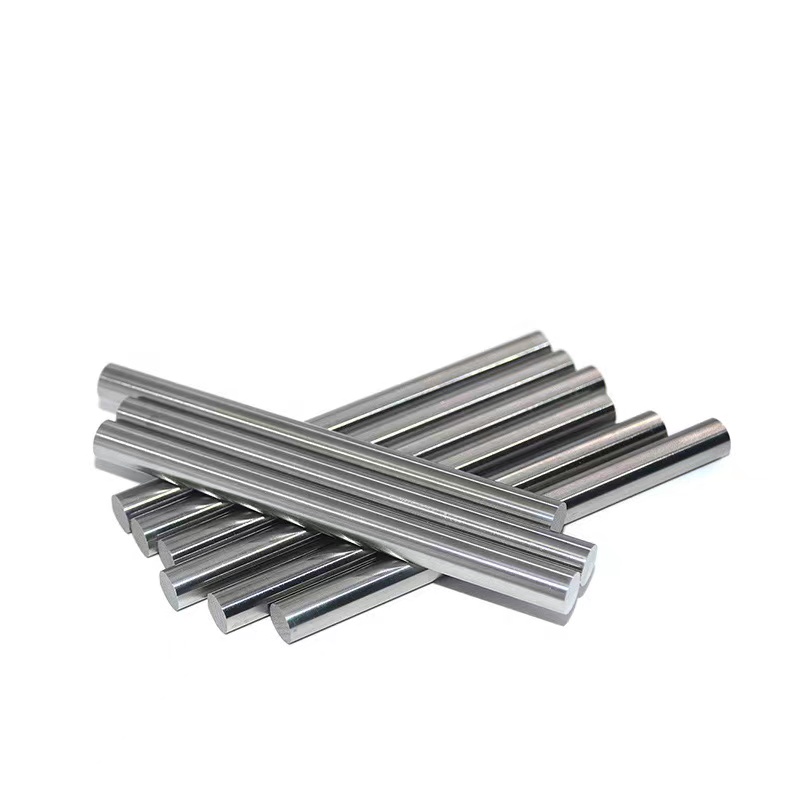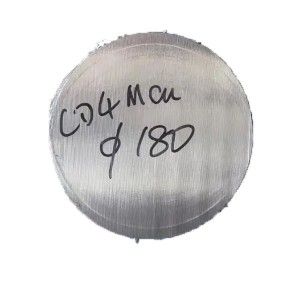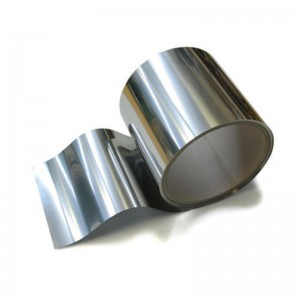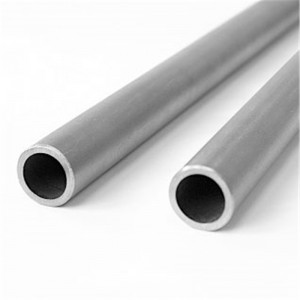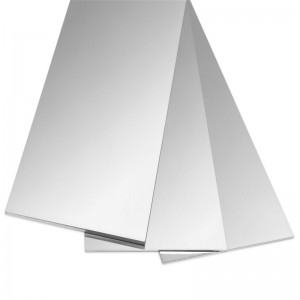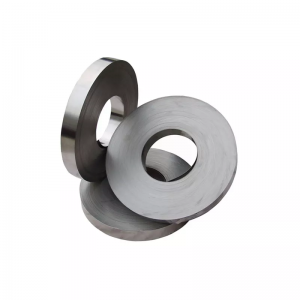Grade 1
Grade 1 titanium is the first of four commercially pure titanium grades. It is the softest and most ductile of these grades. It possesses the greatest formability, excellent corrosion resistance and high impact toughness.
Because of all these qualities, Grade 1 is the material of choice for any application where ease of formability is required and is commonly available as titanium plate and tubing. These include:
▪ Chemical processing
▪ Chlorate manufacturing
▪ Dimensional stable anodes
▪ Desalination
▪ Architecture
▪ Medical industry
▪ Marine industry
▪ Automotive parts
▪ Airframe structure
Grade 2
Grade 2 titanium is called the “workhorse” of the commercially pure titanium industry, thanks to its varied usability and wide availability. It shares many of the same qualities as Grade 1 titanium, but it is slightly stronger. Both are equally corrosion resistant.
This grade possesses good weldability, strength, ductility and formability. This makes Grade 2 titanium bar and sheet are the prime choice for many fields of applications:
▪ Architecture
▪ Power generation
▪ Medical industry
▪ Hydro-carbon processing
▪ Marine industry
▪ Exhaust pipe shrouds
▪ Airframe skin
▪ Desalination
▪ Chemical processing
▪ Chlorate manufacturing
Grade 3
This grade is least used of the commercially pure titanium grades, but that does not make it any less valuable. Grade 3 is stronger than Grades 1 and 2, similar in ductility and only slightly less formable - but it possesses higher mechanicals than its predecessors.
Grade 3 is used in applications requiring moderate strength and major corrosion resistance. These include:
▪ Aerospace structures
▪ Chemical processing
▪ Medical industry
▪ Marine industry
Grade 4
Grade 4 is known as the strongest of the four grades of commercially pure titanium. It is also known for its excellent corrosion resistance, good formability and weldability.
Though it is normally used in the following industrial applications, Grade 4 has recently found a niche as a medical grade titanium. It is needed in applications in which high strength is required:
▪ Airframe components
▪ Cryogenic vessels
▪ Heat exchangers
▪ CPI equipment
▪ Condensor tubing
▪ Surgical hardware
▪ Pickling baskets
Titanium Alloys
Grade 7
Grade 7 is mechanically and physically equivalent to Grade 2, except with the addition of the interstitial element palladium, making it an alloy. Grade 7 possesses excellent weldability and fabricality, and is the most corrosion resistance of all titanium alloys. In fact, it is most resistant to corrosion in reducing acids.
Grade 7 is used in chemical processes and production equipment components.
Grade 11
Grade 11 is very similar to Grade 1, except for the addition of a tiny bit of palladium to enhance corrosion resistance, making it an alloy. This corrosion resistance is useful to protect against crevice erosion and reducing acid in chloride environments.
Other useful properties include optimum ductility, cold formability, useful strength, impact toughness and excellent weldability. This alloy can be used in the same titanium applications as Grade 1, especially where corrosion is a concern such as:
▪ Chemical processing
▪ Chlorate manufacturing
▪ Desalination
▪ Marine applications
Ti 6Al-4V (Grade 5)
Known as the “workhorse” of the titanium alloys, Ti 6Al-4V, or Grade 5 titanium, is the most commonly used of all titanium alloys. It accounts for 50 percent of total titanium usage the world over.
Its usability lies in its many benefits. Ti 6Al-4V may be heat treated to increase its strength. It can be used in welded construction at service temperatures of up to 600° F. This alloy offers its high strength at a light weight, useful formability and high corrosion resistance.
Ti 6AI-4V’s usability makes it the best alloy for use in several industries, like the aerospace, medical, marine and chemical processing industries. It can be used in the creation of such technical things as:
▪ Aircraft turbines
▪ Engine components
▪ Aircraft structural components
▪ Aerospace fasteners
▪ High-performance automatic parts
▪ Marine applications
▪ Sports equipments
Ti 6AL-4V ELI (Grade 23)
Ti 6AL-4V ELI, or Grade 23, is the higher purity version of Ti 6Al-4V. It can be made into coils, strands, wires or flat wires. It’s the top choice for any sort of situation where a combination of high strength, light weight, good corrosion resistance and high toughness are required. It has a superior damage tolerance to other alloys.
These benefits make Grade 23 the ultimate dental and medical titanium grade. It can be used in biomedical applications such as implantable components due to its biocompatibility, good fatigue strength and low modulus. It can also be used in detailed surgical procedures, as:
▪ Orthopedic pins and screws
▪ Orthopedic cables
▪ Ligature clips
▪ Surgical staples
▪ Springs
▪ Orthodontic appliances
▪ In joint replacements
▪ Cryogenic vessels
▪ Bone fixation devices
Grade 12
Grade 12 titanium holds an “excellent” rating for its high quality weldability. It is a highly durable alloy that provides a lot of strength at high temperatures. Grade 12 titanium possesses characteristics similar to 300 series stainless steels.
This alloy can be hot or cold formed using press brake forming, hydropress forming, stretch forming or drop hammer method. Its ability to be formed in a variety of ways makes it useful in many applications. This alloy’s high corrosion resistance also makes it invaluable to those manufacturing equipment where crevice corrosion is a concern. Grade 12 can be used in the following industries and applications:
▪ Shell and heat exchangers
▪ Hydrometallurgical applications
▪ Elevated temperature chemical manufacturing
▪ Marine and airfare components
Ti 5Al-2.5Sn
Ti 5Al-2.5Sn is a non-heat treatable alloy that can achieve good weldability with stability. It also possesses high temperature stability, high strength, good corrosion resistance and good creep resistance. Creep refers to the phenomenon of plastic strain over long periods of time, which happens at high temperatures.
Ti 5Al-2.5Sn is mostly used in aircraft and airframe applications, as well as cryogenic applications.
Definitions
Drop hammer method – The use of a machine consisting of an anvil or base aligned with a hammer that is raised and then dropped on molten metal, in order to forge or stamp the metal.
Ductility – A metal’s ability to be easily drawn into wire or hammered thin; easily molded or shaped.
Fabricality – Refers to a metal’s ability to be used to create machinery, structures, and other equipment, via being shaped and assembled.
Formability – A metal’s ability to be manipulated into various forms and shapes.
Hydropress Forming - The pressure exerted by a rubber press head forms a sheet of metal to the configuration of the tool – shaping the metal.
Interstitial Elements – “Impurities” found in pure metals, sometimes adding benefits to the alloy.
Press Brake Forming – A machine used to bend sheet metal into whatever form is called for.
Stretch form method – A technique in which the heated metal sheet is stretched over the mold and then cooled into shape.





